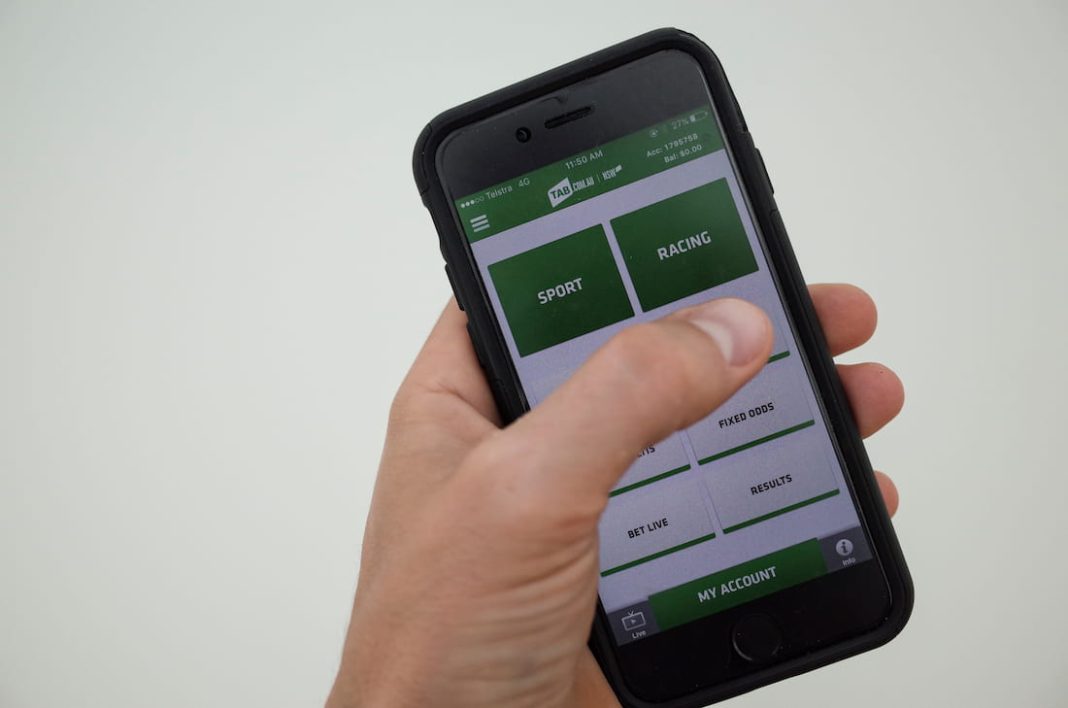Online gambling is on the rise in Australia and more people are gambling at risky levels, research shows.
Australian National University (ANU) data revealed while gambling levels had remained steady despite a post-pandemic spike in 2023, gambling habits were shifting.
“Online gambling has exponentially increased, and should now be considered one of the main gambling platforms,” study lead author Aino Suomi said.
“The unlimited access to online gambling has the potential to cause real harm if not properly addressed.”
The study found while the number of Australians who gamble was similar to 12 months ago – 60.3 per cent compared to 61.3 per cent – the number of individuals gambling at risky levels spiked from 11.6 per cent to 13.6 per cent.
“This means a larger proportion of individuals who gamble are experiencing harm,” Dr Suomi said.
The ANU study collected data between April 2019 and January 2024, and asked participants about their gambling activity and wellbeing over the past 12 months.
Punters were turning away from venues and shifting towards online gambling such as sports betting, the study found. Lottery tickets remained Australia’s most popular form of gambling, with almost half of respondents buying picks in the past 12 months.
Men, older age groups and those with lower education levels were more likely to gamble than younger people.
A separate ANU report found that about 1.2 million Australians, or more than one in 20 adults, had been personally impacted by someone’s gambling in the previous 12 months.
“Individuals who were affected by someone else’s gambling tended to be younger (aged 18 to 24), earning a lower income, experiencing problems related to their own gambling, and dealing with loneliness or psychological distress,” Dr Suomi said.
“If we have more data on this group of ‘affected others’, we can help understand how to best support them.”
According to the Australian Institute of Health and Welfare, studies show each year Australians lose more on gambling per person than any other country – around $25 billion.



